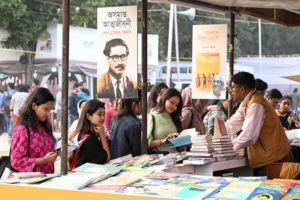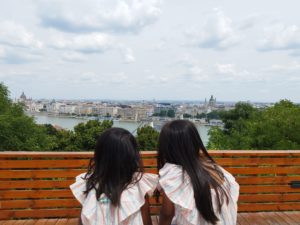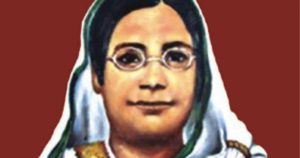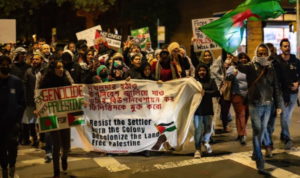Growing Up a Millennial Bengali in Sweden
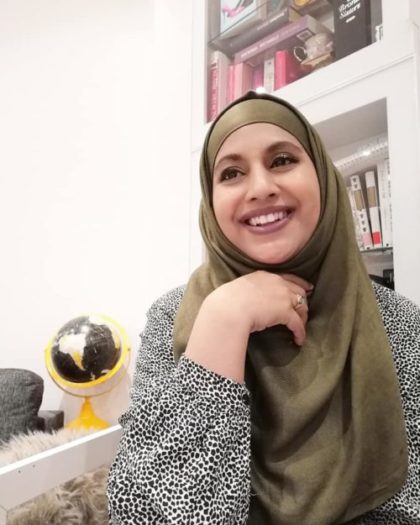
By Rumki Chowdhury
Follow Rumki on Instagram
5, 4, 3, 2, 1, blast off! Ladies and gentlemen, the first Bengali has landed in Sweden.
At least, that’s how it felt for millennial Bengalis growing up in Sweden. Imagine going to school, standing out among the stereotypical blonde and blue-eyed Swedes. Curious classmates and teachers would quizzically ask you where you came from and despite the fact that you answered, “Bangladesh,” even your teacher would be adamant about the assumption that you were, actually, without a doubt, from India.
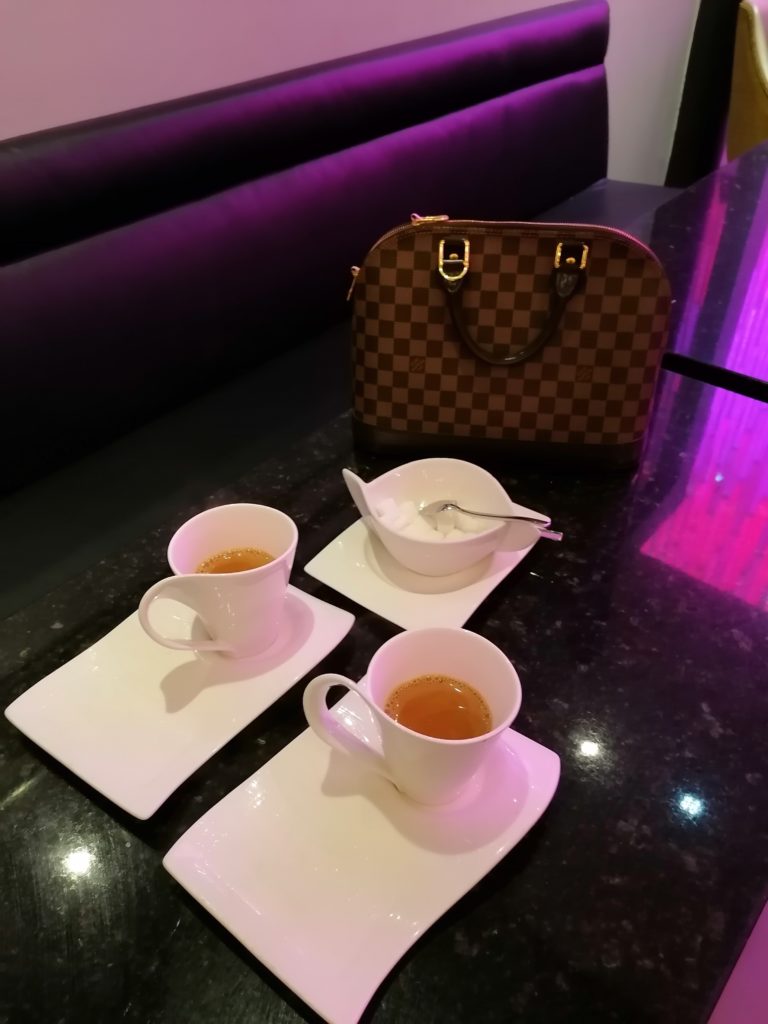
No wonder the majority of the proclaimed “Indian” restaurants in Sweden are, in fact, owned by Bangladeshis! That includes the award-winning restaurant chain Indian Garden, which reaches as far as the Mall of Scandinavia—the Stockholm mall that is the largest in the region. Perhaps Bengali restaurant owners felt like they needed to advertise as “Indian” since it is doubtful Swedes would understand something along the lines of Bengali Garden. That makes sense, if as a millennial Bengali, even your own teacher would be convinced you were Indian.
Preserving Bengali Culture Through Language, Food, and Fashion
Sweden has a policy that provides, in addition to regular Swedish studies, the option of being educated in one’s own mother tongue. The Swedish school will hire someone specifically for this as long as a teacher can be found. For me, already feeling like the “first” person who landed on an alien planet, trying to find a Bengali mother-tongue teacher seemed close to impossible. However, after an excruciating search, fortunately and finally, ‘lo and behold, a Bengali mother-tongue teacher was available! One, at least. These days, there are at least two known Bengali teachers in Stockholm, including that one. Yes, he is still on the job!
Growing up as a Bengali, even in Sweden, food was of course central to keeping our culture alive. Our parents would never disappoint when it came to traditional cooking. If it weren’t for our British Bengali neighbors, however, there would not have been any Bengali food available—for example special Bengali fish, mishti (sweets), and spices. These days, there is at least one Bengali grocery store in Stockholm and Bengalis even sell from the comforts of their homes, everything from bhapa pitha (steamed rice cakes) and samosas to biryani!

With the intricate Bengali culture present at home through food and language, one must wonder about Bengali fashion. Other than a father wearing a lungi (sarong-type garment worn by men) at home and a panjabi to prayers, and a mother wearing a salwar she purchased in Bangladesh, what about the silks, banarasi, and kathans? One would either stock up during a yearly trip to Bangladesh or to the UK. Some would even sell these coveted garments from the comforts of their own home.
The Swedish Bengali Community Grows
Slowly but surely, as the millennial Bengali grew up, so did the Bengali population. Now, there is an influx of new Bengali residents, most of them crossing European borders from countries like Italy to work in so-called “Indian” restaurants and drive taxis. Sound familiar? It is similar to the experiences of many immigrant Bengalis living and working in New York City, except Bengalis are only just blooming in Sweden whereas they were present in NYC well in advance of the millennial generation.

As for the silks, banarasi, and kathans, there are still no Bengali clothing stores in Sweden. None! However, the tradition of Bengalis selling from their homes continues. So does selling traditional Bengali clothes at cultural fairs/festivals. Fortunately, with increasingly modern technology, Bengalis in Sweden can now order clothes online from anywhere in the world.
For the millennial Bengali in Sweden, the Bengali culture was preserved almost exclusively in our homes. Outside, culture shock was inevitable for both parties, Swedes and Bengalis. However, now it is not uncommon to hear the familiar Bengali language being spoken on public transportation. You might even meet a nurse or doctor of Bengali descent.

Although still not as prominent as in other countries, the population of Bengalis in Sweden is slowly increasing and is expected to become more significant by the time Generation Alpha become adults. By then, responding with “Bangladesh” when asked about one’s background will hopefully be met with a knowing look.
Read More
The Legacy of Boi Mela
Every year in February, the month-long national book fair welcomes...
Read MoreMillennial Amma: How to Explain a Global Crisis As a Parent
Rumki Chowdhury shares tips for how to talk to children...
Read MoreBegum Rokeya’s Millennials
A tribute to a pioneering Bengali feminist writer, educator and...
Read More